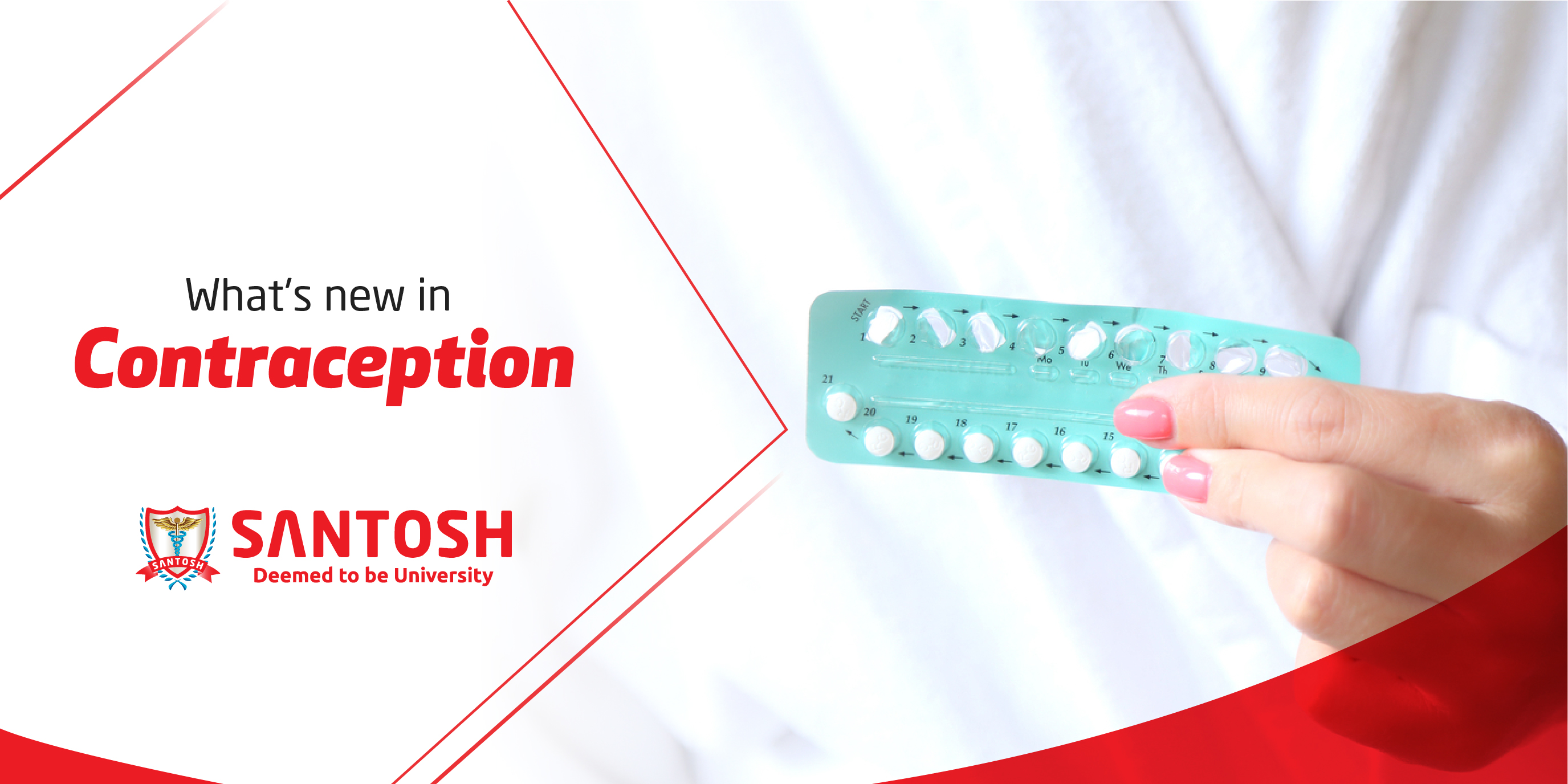
Contraceptive and Family Planning services and supplies are core components of essential health services and access to these services is a fundamental human right.
Almost one half of pregnancies are unintended. Primary reasons for the high rate of unplanned pregnancy include dissatisfaction with or underuse of effective contraceptive methods and poor compliance with contraceptive methods that require daily adherence. Several effective forms of contraception have become available within the past few years.
Traditional methods of contraception have some drawbacks. Consequently, patient dissatisfaction and inconsistent or incorrect use may result in unintended pregnancy. For example, the success of OCPs, the most widely used reversible contraceptive method, is highly dependent on daily adherence.
The reproductive revolution has been one of the major demographic stories of the latter half of the 20th century. Over the past few years there has been significant advances in the development of new contraceptive technologies including transition from high dose to low dose OCPs and from inert to copper and LNG releasing IUCDs. In designing the newer contraceptives, attention has been given to improving the side effect profiles of older methods and to developing delivery systems that do not require daily patient adherence.
Low Dose COC
Drosperinome (a derivative of spironolactone) is used in COC. It has anti- androgenic and anti-mineralocorticoid activity (not present in other progesterone). Most commonly available Drosperinome containing COC is Yasmeen. It has lower risk of Thrombo-embolism.
Centchromen
Centcromen contain Ormeloxifence (a selective estrogen receptor modulator. Highly effective, safe and early to use once a week contraceptive dose is 30 mg. Initially twice a week for 3 weeks than once a week subsequently.
Combined Contraceptive Patches
A square 20 cms 3 layers system applied to the buttocks, torso, abdomen or upper arm to release EE and progesterone (norgestimate) trans dermally. Currently available is ORTHO EVRA containing 6.00 mg of norgestimate and 0.75 mg of EE. Releases 150 mcg of norgestimate and 20 mcg of EE in 24 hours. Ideally first patch applied on first day of menstruation and it is changed every 3 weeks.
Combined Vaginal Ring
Vaginal ring formulation currently available for use is NUVA ring and it contain 2.7 mg of EE and 11.7 mg of etonogestrel. Releases 0.120 mg of etonogestrel and 0.05 mg of EE per day from a 54 mm ethylvanillin acetate copolymer ring over a 3 weeks period of use.
Progesterone only contraceptive
These include POP, Depot medroxy progesterone (DMPA 150) and norethisterone enanthate (NET-EN 200 mg), LNG implant (Norplant), etanogestrel implant (implanon)
Intra-uterine contraceptive device
Include MIRENA, progestin releasing intra-uterine system. Contain 52 mg of LNG and releases 20mcg of LNG daily. Effective for 5 years.
When counseling a patient for contraception, the physician should realize that the best contraceptive for the patient is the one she is willing to use reliably and correctly. The physician's role is to educate the patient about the advantages and disadvantages of each contraceptive method that is medically appropriate for that patient and then allow the patient to choose the method most desirable for her. The WHO has established medical eligibility criteria for contraceptive use. Medical eligibility criteria address contraceptive use by people with specific medical needs. The guideline is not only as a key intervention for improving the health of women, men and children, but also tabulates the choice of contraceptive by category of eligibility. The development of international norms for medical eligibility criteria and practice recommendations has ensured quality of care in dispensing of contraceptives.